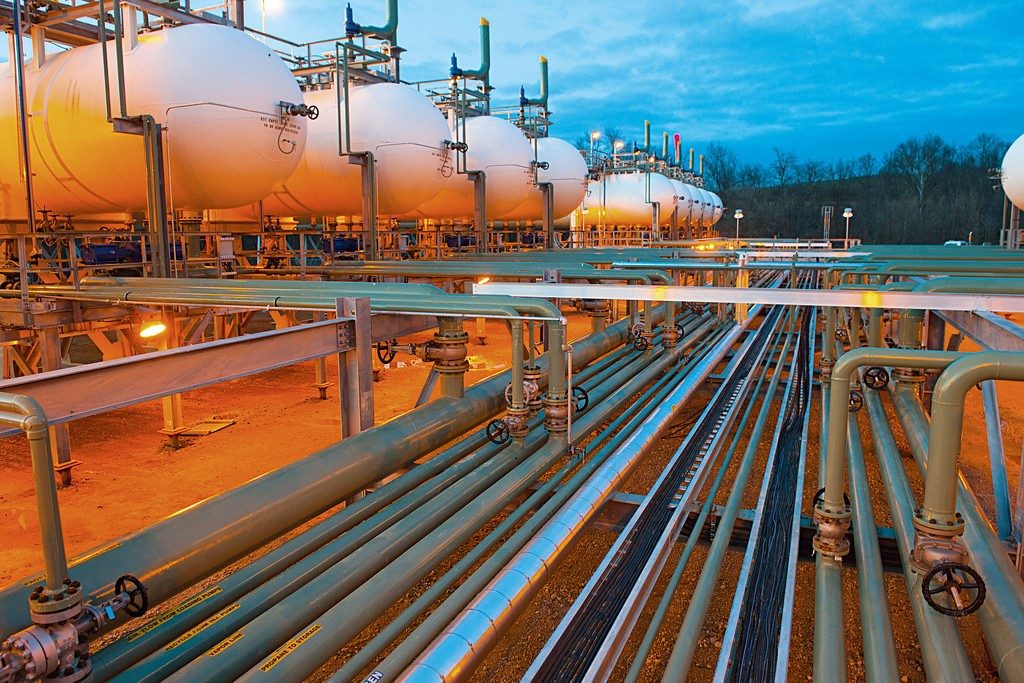- Client: EC - DG Energy
- Implementation period: December, 2017 - September, 2018 (Completed)
- Geographic coverage: European Union
- Theme: Energy
- Topic: Energy Markets
- Experts: Luc van Nuffel, Jessica Yearwood Travezán, Tycho Smit
What are the impacts of decarbonisation for Trans-European gas infrastructure?
The required sharp decrease in CO2 and other greenhouse gas emissions by 2050 may drastically reduce the share of natural gas in the European energy mix. Therefore, DG ENER commissioned a study on the role of trans-European gas infrastructure in the light of the 2050 decarbonisation targets. The study looks into possible futures for gases (including biomethane and hydrogen), next to electricity and their impact on European gas infrastructure. The project was carried out by Trinomics in collaboration with Artelys, E3Modelling and LBST.
The study provides an overview of existing storylines derived from extensive literature research. Based on this, three own storylines are developed for possible developments of the gas sector in Europe until 2050, taking an ambitious decarbonisation scenario as starting point. It looks at the likely use of the different gases in the different demand sectors: energy, industry, built environment and transport and the role of electricity. The report then assesses the consequences of these possible developments for existing and planned trans-European gas for six selected Transmission System Operators and the readiness of three selected national regulatory regimes in a significantly changing energy landscape. It gives some suggestions for the way in which the energy transition could be approached by regulatory authorities.

The main project findings are:
- A decrease in natural gas demand and in the gas volumes transported via the TSO grid is expected;
- A decrease in the utilisation of LNG terminals and import pipelines is likely;
- The impact of decreasing gas demand on TSOs will be limited, with CAPEX and OPEX remaining at high levels, consequently grid tariffs are likely to go up (due to falling gas volumes and stable/decreasing costs);
- Need for changes in the national regulatory regimes to reflect the future of gas infrastructure, Including e.g. investments in future-proof assets, review of depreciation rules, etc.